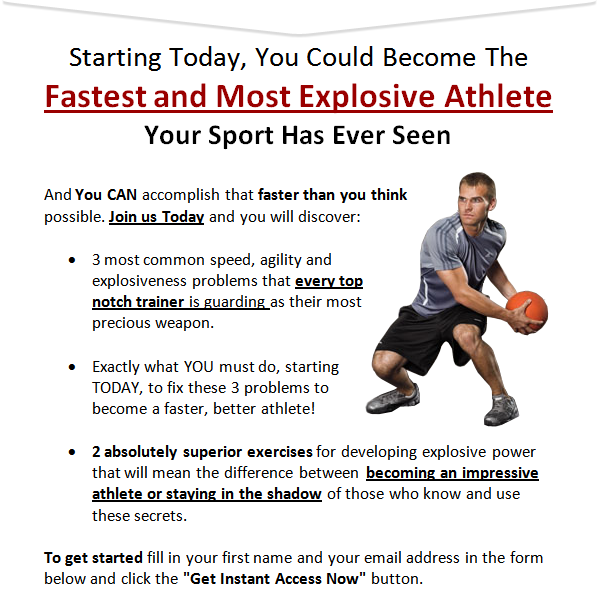Get the Grid Foam Roller
Trainers, athletes and coaches are becoming more and more aware that hands on techniques like massage, Active Release Therapy (ART) and Muscle Activation Therapy (MAT), can work wonders for injured athletes. However, soft tissue care should not only be used to help injured athletes in their recovery but should also be a daily routine for anyone that wants to improve how they move and how feel.
At the elite level of sport there is always or should always be a good manual therapist available to athletes. However, massage becomes extremely expensive if it is kept up for any length of time and may not be feasible for everyday gym-goers, youth athletes or aspiring sports people that are not earning the big bucks yet. The solution to this problem is self massage and one of the best ways to do this is through foam rolling. So you could say that foam rollers are the poor mans massage therapist.
Self-myofascial release (SMR) as it is also known by most physical therapists helps decrease tissue density and over-activity which then makes the tissue area or fascia more extensible when you start stretching or moving. If done consistently foam rolling or self myofascial release will help you or the athletes you coach perform better for longer periods of time.
What is a Foam Roller and how do You Use It?
A foam roller is simply a cylindrical piece of hard-celled foam. The techniques are simple. Basically, you just use your own body weight to sandwich the roller between the body’s soft tissue and the floor. Once a sensitive spot is hit make sure to concentrate on this area for a bit until you feel a release of tension.
Things to be aware of when Foam Rolling
Foam Rolling can be quite hard work, particularly for weaker or overweight people as the arms are heavily involved in moving the body to roll. Foam rollers come in a variety of sizes and density. The new ones such as the Grid from Trigger Point Therapy actually has a hard shell which gives it a more solid feel and helps the roller last longer. Be careful as to which density of roller you choose as the feel of the roller and the intensity of the self-massage work must be properly geared to the age, and fitness level of the client.
Good self-massage work through foam rolling may be uncomfortable much like stretching but it should never be unbearable. Mike Boyle stated in a recent DVD on foam rolling that “It is important that athletes or clients learn to distinguish between a moderate level of discomfort related to a trigger point and a potentially injurious situation.” Mike also said that, “foam rolling should be used with discretion in those clients with less muscle density and that it should never cause bruising. The reality is that the athlete or client should feel better, not worse after a brief session with a foam roller.”
When to Foam Roll
Foam rolling can provide great benefit both before and after a workout. Whether you are getting ready to perform a strength workout, plyometric session or stretching routine it very important that you take the time to foam roll before you do that. Foam rolling can also be used in injury rehabilitation programs. If you are preparing for a sports match then foam rolling before you warm up will benefit you as well. It is great prior to a workout or static stretch session as it decreases tissue density and basically releases tension in your myofascia. So always foam roll before you stretch. Rolling after a workout may help speed up the recovery process so the next time you work out you feel fresh and ready to go.





